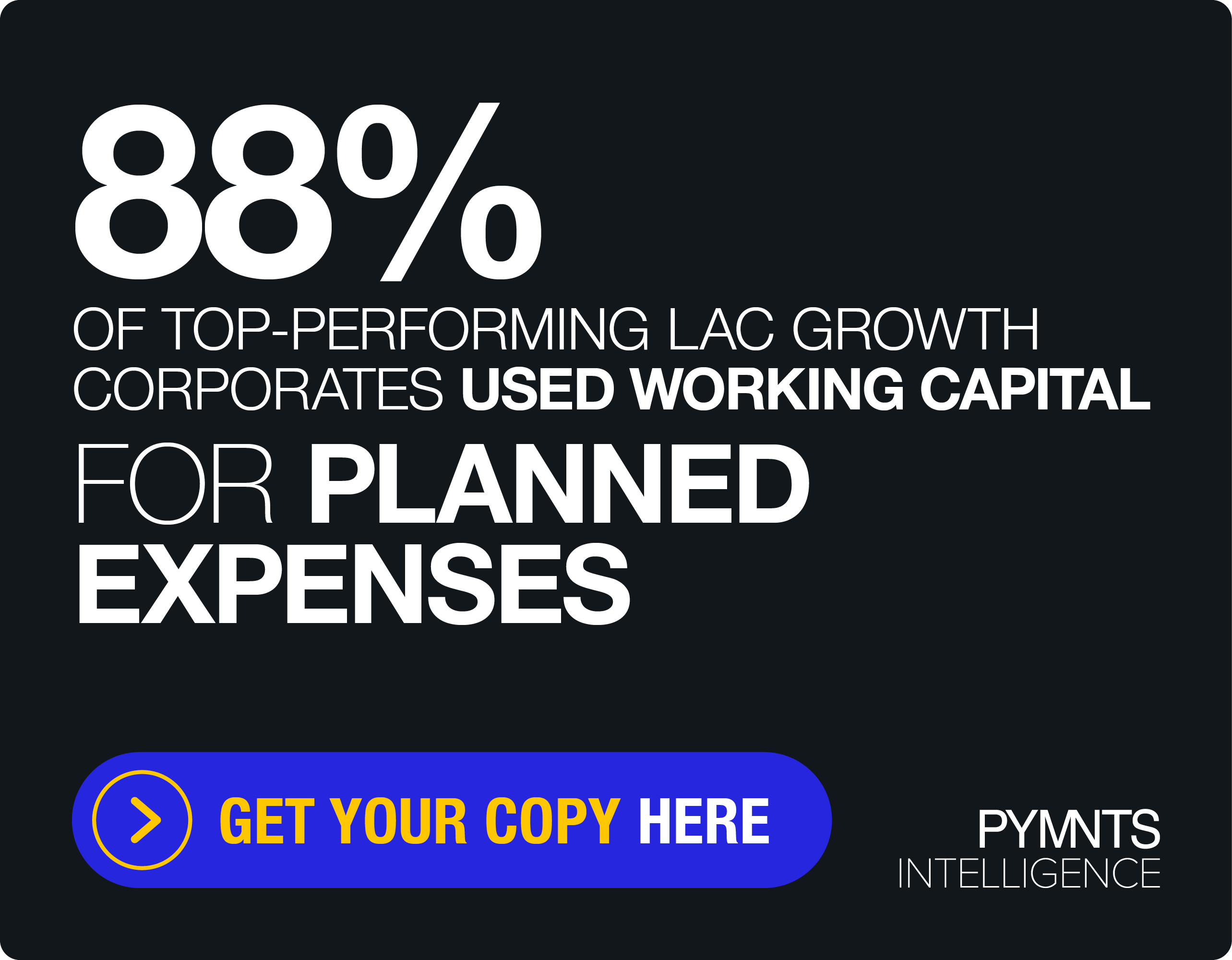Freight Marketplaces Load up Options for Keeping Trucks Full

Moving freight from one point to another can be a complicated process involving shippers, logistics providers and carriers. What’s more, the process has been largely manual, involving phone calls and email blasts.
As a result of these inefficiencies, carriers’ trucks drive empty 20% to 33% of the time, according to industry estimates.
“Primarily, it’s an issue of data,” FleetOps CEO Chris Atkinson told PYMNTS when sharing those estimates. “There are no truck drivers that have access to information on where all of the potential shipment options are, and there is no one moving shipments that has information on where all the potential trucks are that could move that shipment. Because of that data asymmetry, it’s extremely difficult to create any meaningful optimizations in the industry.”
Meeting the Challenge of Finding Freight
Beyond that, different regions will have different ratios for inflows and outflows for shipments, with some having more shipments coming in than leaving, and others having the opposite. This depends on whether a region tends to make more or buy more.
The inflows and outflows also fluctuate depending on produce season, the number of shipments coming into a port and the economic climate.
“That has a huge impact on whether or not a driver can find freight once they deliver it,” Atkinson said.
FleetOps helps the industry meet these challenges by offering an on-demand freight marketplace that matches freight from brokers to carriers with available capacity. It does this automated load matching by leveraging data from drivers’ electronic logging devices (ELDs) as well as artificial intelligence (AI).
With these resources, it can match its network of 227,000 drivers with brokers and third-party logistics (3PL) providers.
Leveraging Data, Artificial Intelligence
An ELD provides information such as the current schedule of the driver, the amount of time remaining in their schedule, what the driver is doing at the present time, and whether they are available.
“From there, you can start to understand what shipment might be ideal for that driver, and you can start to build out a valuable profile of that driver,” Atkinson said.
To create those personalized profiles, AI is employed. A driver profile includes the driver’s interest in traveling to a particular region, whether that varies at different times of year, and whether they’re more interested in getting the next load with the highest revenue per mile or getting home on a regular basis.
The AI then matches that up with what’s happening in the market as well as where the driver is, where the driver might be going and where the shipment is.
“The third thing is taking all these variables and determining how desirable that shipment is,” Atkinson said. “Those factors are changing all the time — the drivers are moving, the shipments are moving, the clock is ticking — and that means that you have to adjust the weighting of all these variables based on what’s happening in the market at a given point in time.”
Empowering Drivers to Monetize Their Data
After this preference and recommendation matching has been done, the driver is presented with the next shipment opportunity, the revenue per mile associated with it, and the shipment that’s going to get the driver back home.
In the end, this enables drivers to leverage their data for their own needs, monetize it and generate an income from it, Atkinson said. By catering to drivers in this way, FleetOps can bring drivers to the platform, work alongside them and prop up the ecosystem.
“We’re trying to help build their business with this asset that they’re creating while they’re driving and really empower the drivers in that way,” Atkinson said. “I think that’s what’s on the other side of better algorithms, better matching and less issues with data asymmetry.”
